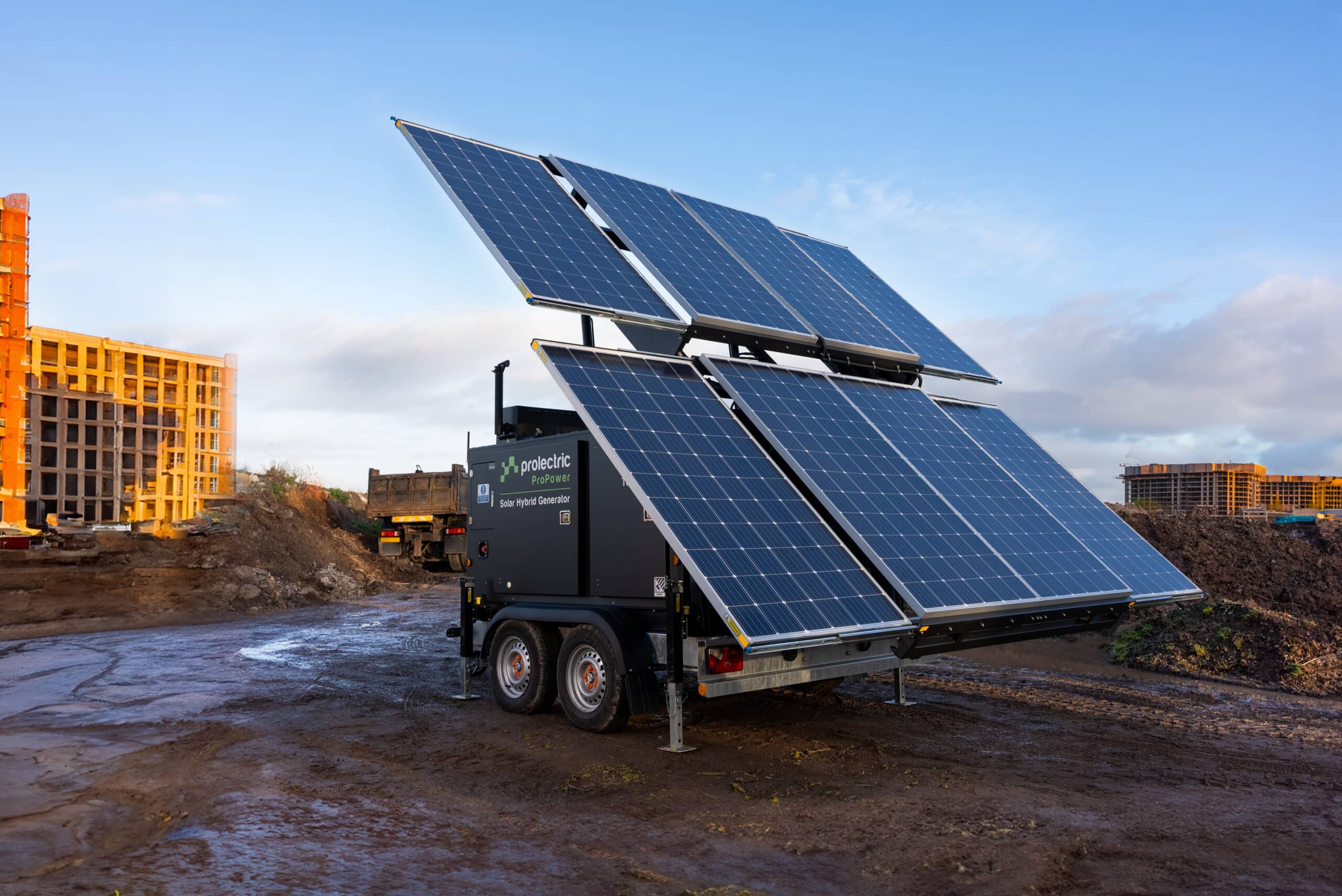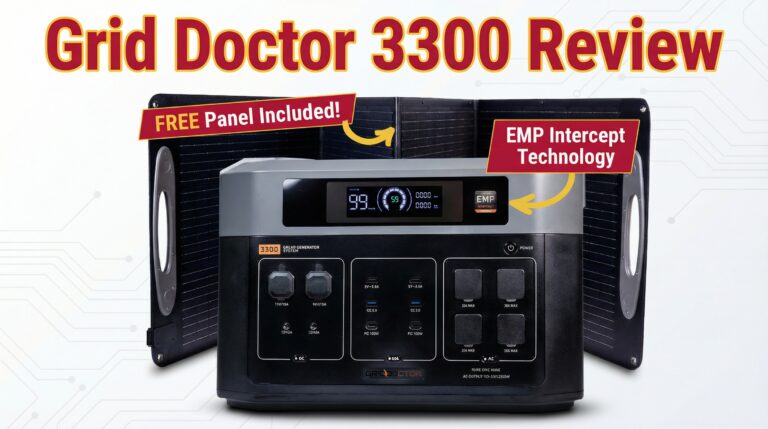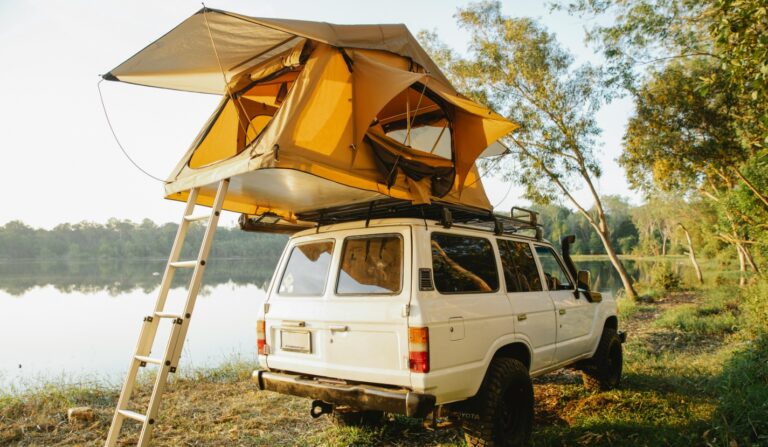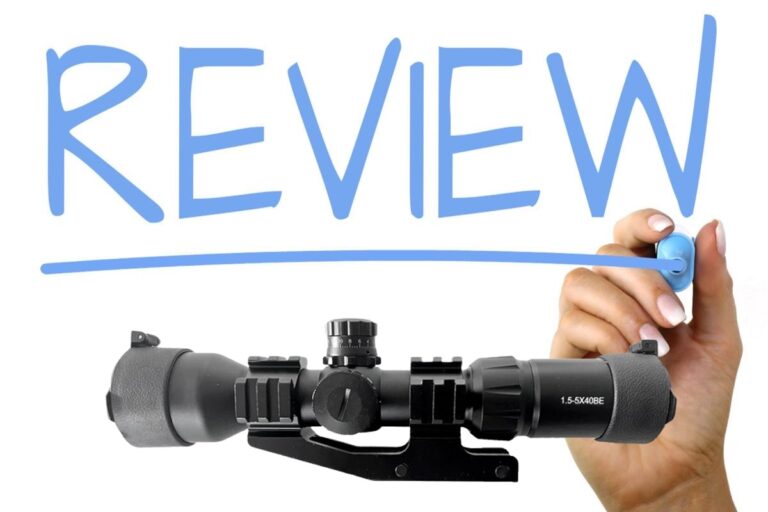
The last time I found myself deep in the Bitterroots, a thunderstorm rolled in fast and hard. I remember watching a streak of lightning tear across the horizon just before the power went out back home. No warning. No mercy. Just darkness.
That’s when I made the switch. From gas generators to solar.
Out here, in the wild, there’s no room for noise, fumes, or the guilt of burning fossil fuels. A solar generator doesn’t just keep the lights on—it’s a pact with the planet. Whether you’re preparing for natural disasters, solar flares, or even a potential EMP attack, the right solar generator delivers energy security with zero compromise.
Know Your Wattage Needs
Before you buy anything, take inventory. Are you powering a small fridge and a few lights? Or do you need backup for a CPAP machine, laptops, radios, and other emergency essentials?
Look at peak wattage (what your gear draws when it starts up) and running wattage (what it needs continuously). A generator like the EcoFlow Delta Pro, for example, can handle heavy-duty devices. But for weekend camping or backup lighting during blackouts, something more portable may be perfect.
Match the generator’s output to your actual use. Overspending helps no one—not you, and definitely not the environment.
Battery Capacity: The Heart of the System
Measured in watt-hours (Wh), this tells you how long your generator can run. The higher the number, the longer it lasts. For emergency power, aim for 1000Wh or more. That gives you a decent cushion when the power grid goes down.
Remember: if you’re only getting a couple hours of juice, it’s not an emergency solution. It’s a flashlight with delusions of grandeur.
Solar Input and Recharge Speed
Nature doesn’t always offer second chances. If your area is prone to hurricanes, wildfires, or prolonged outages, fast recharge times are non-negotiable.
Look for a unit with MPPT (Maximum Power Point Tracking) technology, which optimizes solar panel input. The more efficient the system, the faster you’re back in business. And when you’re staring down climate change-driven weather events, every hour of charge counts.
Portability vs. Power
I’ve hiked Denali with just 30 pounds on my back. Every ounce mattered. If you’re an overlander or frequent camper, choose a generator that strikes a balance between power and weight. Wheels help. Handles help more.
For home backup during grid failure, bulk isn’t as big a deal. But if you’re lugging this gear into the woods, think modular. A separate battery pack or solar panel can save your back—and your trip.
Lithium-Ion Wins the Race
Skip lead-acid models. They’re heavier, degrade faster, and have shorter lifespans. Lithium Iron Phosphate (LiFePO4) is where it’s at. These batteries offer thousands of charge cycles, maintain performance, and support sustainability in long-term use.
Plus, they hold charge better—so if a blackout hits unexpectedly, you’re ready.
Built for the Unexpected
Solar generators should handle heat, rain, dust, and cold. Look for rugged construction and water resistance. Some units even come with EMP shielding—ideal if you’re prepping for worst-case scenarios.
Bonus points if your unit has an intuitive app, remote monitoring, or automatic switchover. When the lights go out, ease of use matters.
Solar Panels Matter, Too
Your generator is only as good as its input. Quality solar panels speed up recharging and ensure reliable energy savings over time. Choose high-efficiency monocrystalline panels with good wattage (100W or higher), and ensure they’re foldable or easy to mount in the field.
Don’t Skimp on Safety
Overload protection, surge protection, and pure sine wave output are must-haves. Especially if you’re running sensitive gear like medical devices or electronics. Don’t learn the hard way by frying your equipment.
A solid solar generator offers silent, safe power—and peace of mind.
Invest for the Long Haul
Solar isn’t cheap up front. But over time? The return is clear. No fuel. Minimal maintenance. No fumes. And serious energy savings. You’re not just investing in gear. You’re investing in resilience—and a lower-impact lifestyle.
In a world where the power grid feels more fragile by the day, that’s worth every penny.
A Final Word from the Trail
Last fall, I was camped near Glacier when a freak snowstorm knocked out the local power. Folks in town scrambled. Gas stations ran out of fuel. But I brewed coffee, checked weather updates, and charged my headlamp—quietly, cleanly, from the sun.
That’s what the right solar generator offers: not just emergency backup, but freedom. From blackouts. From fossil fuels. From fragility.
With one good choice, you gain energy security and take a stand for sustainability. That’s power with purpose.






